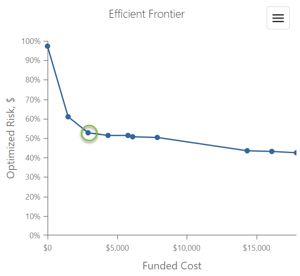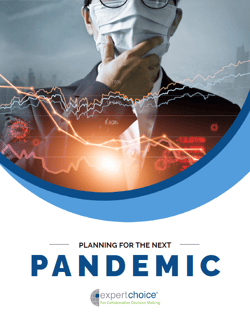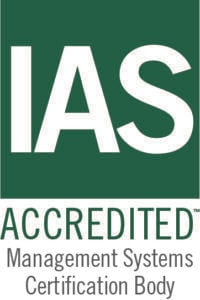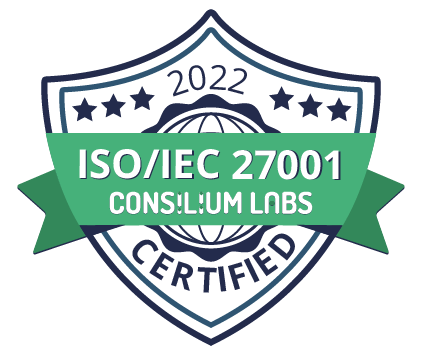In the wake of the COVID-19 pandemic, it has become clear that improved planning for global disease outbreaks is necessary. The next severe pandemic is coming: it’s not a matter of if, but when.

Expert Choice Riskion can be used to show how a government (New York State, in this example), can optimize mitigation of humanitarian and economic losses as a result of a future pandemic, based on various resource scenarios. Governments can leverage collaborative decision making tools to better map complex, interrelated risk elements and ease data collection and synthesis; thus, improving the quality of the risk measures and development of strategic risk management alternatives.
This pandemic planning exercise assumed that New York could face another 12-18 month pandemic and desires to create a contingency plan. The model identified ten major pandemic events and 22 commonly discussed pandemic control measures. The optimization of these measures showed how New York State could blunt the impact of future pandemics, while being highly cost effective -- showing how a set of 13 controls with a cost of $3 billion results in a $7 trillion benefit in risk reduction, as represented by the green circle on the efficient frontier image. This represents investment leverage of 2,283 times greater than the upfront cost.

The results demonstrate how a synthesis of risk data and subjective expertise of individual stakeholders of this formal risk assessment process can prove how pandemic preparation clearly blunts the damage from an infectious disease outbreak. This model can be customized for any local, stat
e, or federal government entities and their needs. It is also possible to customize this model for individual organizations and businesses, such as universities, labs, airports, etc.
Want to learn more? Download the whitepaper.











